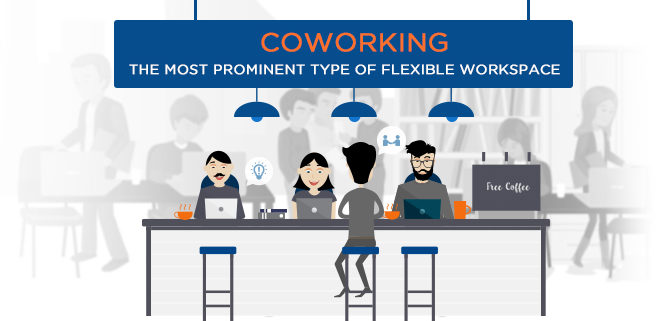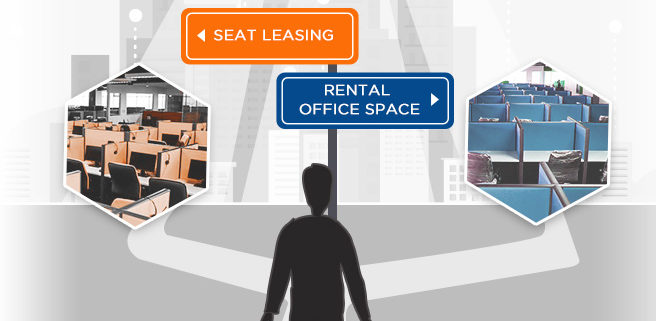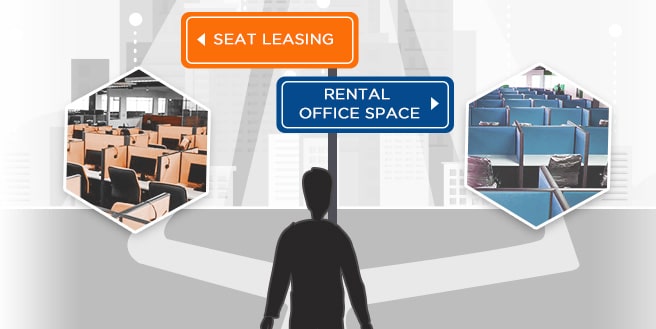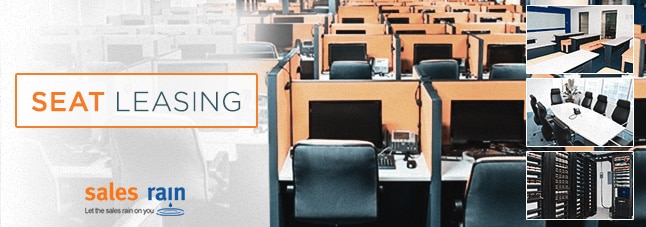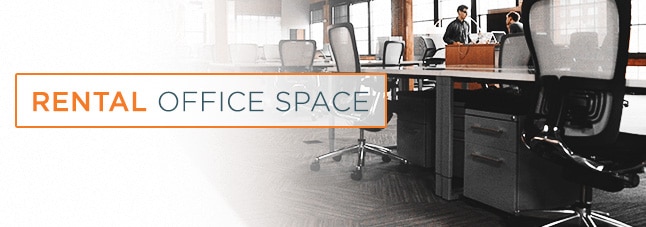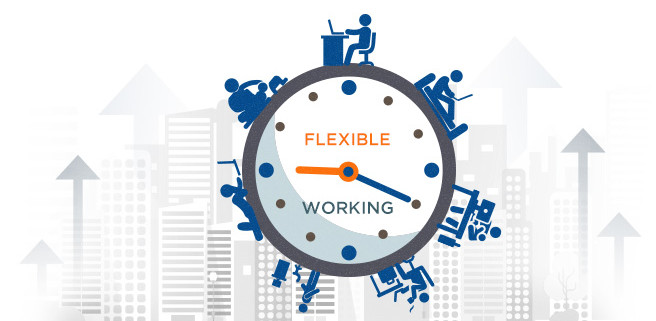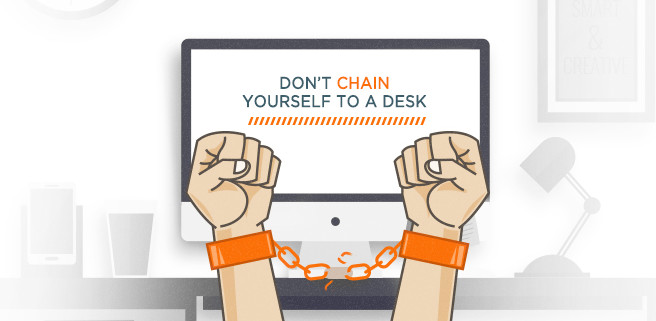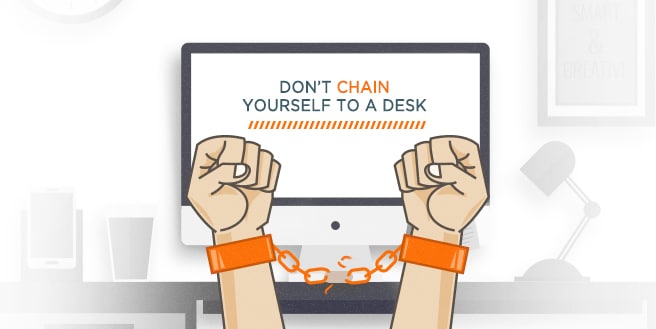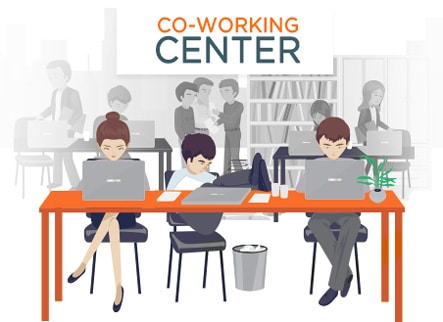Coworking: The Most Prominent Type of Flexible Workspaces

The recent rise of the trend remote working or flexible working, doors have opened for a brand new kind of workspace – the one tailored to meet the specific needs of the current labor force.
Flexible Workspaces
Flexible Workspace is the kind of office space, either private, shared or a combination of both, that offers short-term leases with a minimum size of fully furnished and ready-to-use seats. These offices may include other services like telephone lines, fast internet, meeting rooms and a reception are among others.
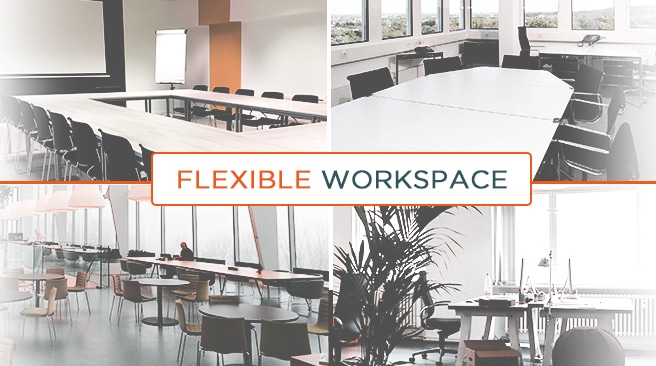
Where It All Started
The strong shift towards flexible workspace was first observed in the UK market during the year 2015 to 2016. As of writing, its rise continued to spread in many of the world’s top markets.
In the US and UK market, a double-digit growth for the usual size requirements was seen – highlighting the increasing take up of flexible space by corporates. Lead cities in Asia also reported similar results while Australia seemed to have had a particularly strong year as well.
The current global flexible office market totals around $21 billion – showcasing compound growth of around 21% over the past years. UK and the United States are still the largest markets but Asia-Pacific show strong signs of growth despite contributing a small part of the total.
Different Flavors
In most markets globally, there are only two major classifications of flexible workspaces – serviced offices and coworking spaces but in the current Philippine market there are 3 types: service offices, hosted service firms and coworking spaces.
Serviced Offices
Providing the most fundamental services, they are the pioneers of flexible workspace. Major players have multiple sites in cities and even countries, being the first one to enter the market. In addition, they are most likely to be located in prime locations within the central business districts. Serviced offices for business travelers, expatriates and multinational companies entering the market for the first time.
Hosted Services Firms
Despite of being similar to serviced offices, hosted services was considered as a sub-group in the Philippine market due to the former’s relevance to the strong presence of BPOs in the country.
Hosted Services entered the market next, differentiating itself by featuring back office, non-core services like information technology (IT) services, human resource staffing and even accounting. The aforementioned services help clients focus on their core businesses. Perfect for small business process outsourcers (BPO) and other traditional companies for these firms are relatively agnostic towards prime locations and would rather focus on quality infrastructures at a reasonable price.
Coworking Spaces
Aside from being the newest type of flexible workspace, coworking spaces also happen to be the fastest growing trend among the 3 with an average of 61%.
With a contemporary design made to integrate the comfort of a home, the ambiance of your favorite café and the functionality of your office, Coworking Spaces differentiates itself with the community it creates. Perfect for start-ups and freelancers, the operators encourage their tenants with similar interests to collaborate in a shared working environment. In addition to this, the members of the community can have access to contact details of other members in the community to foster cooperation. Learning sessions are also held, where seasoned industry experts share what they know to equip the members with the skills and tools that might help their respective businesses.
According to reports the forecasts are straight forward, the growth of flexible workspaces will continue to flourish. An estimated 1.2 million people worldwide will have worked in one of the 3 kinds of flexible space by the end of year. With this trend dominating the market, have you considered shifting? Or is it still debatable? Either way, we’d love to hear what you think about this strange yet innovative change in the labor force.

